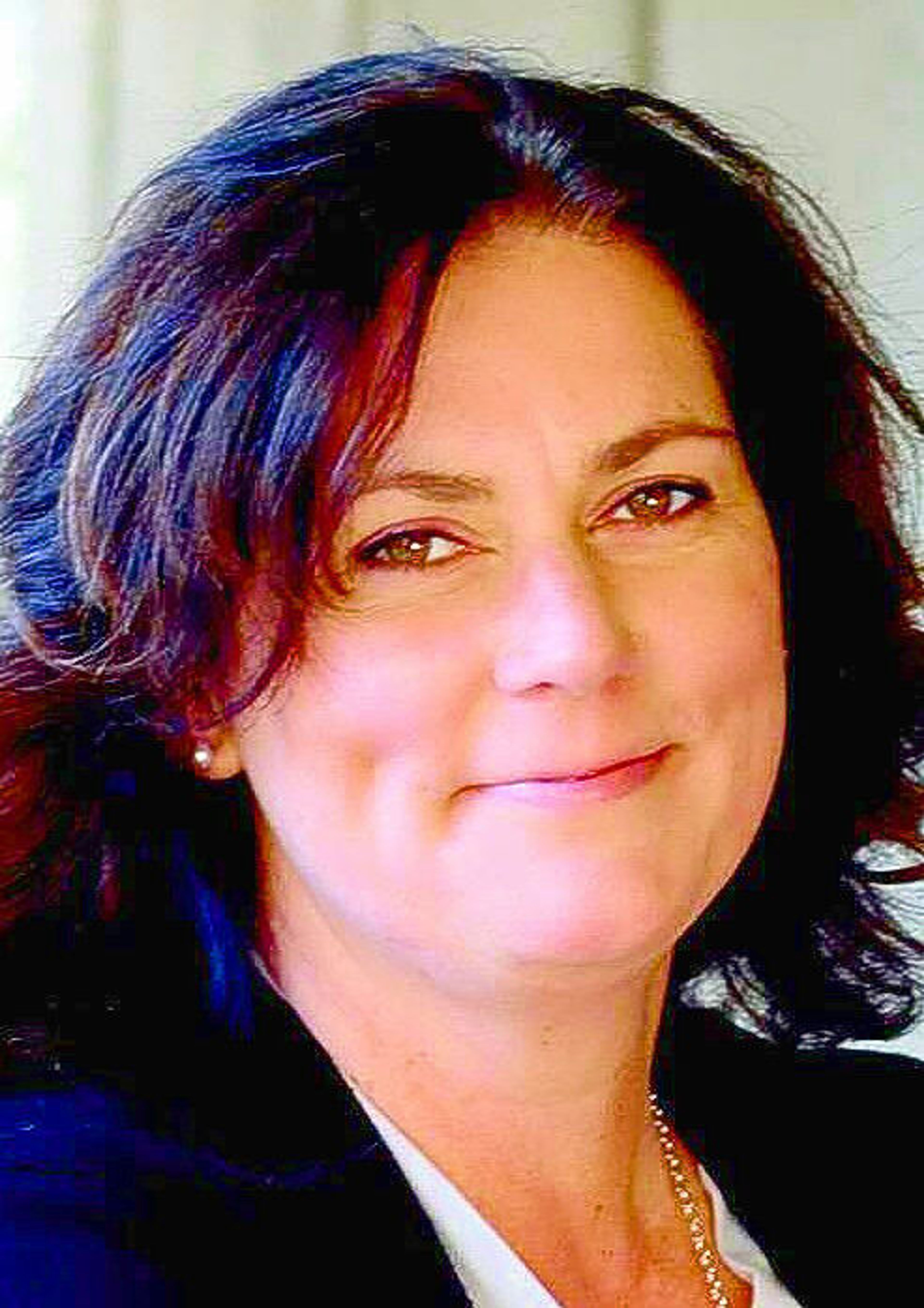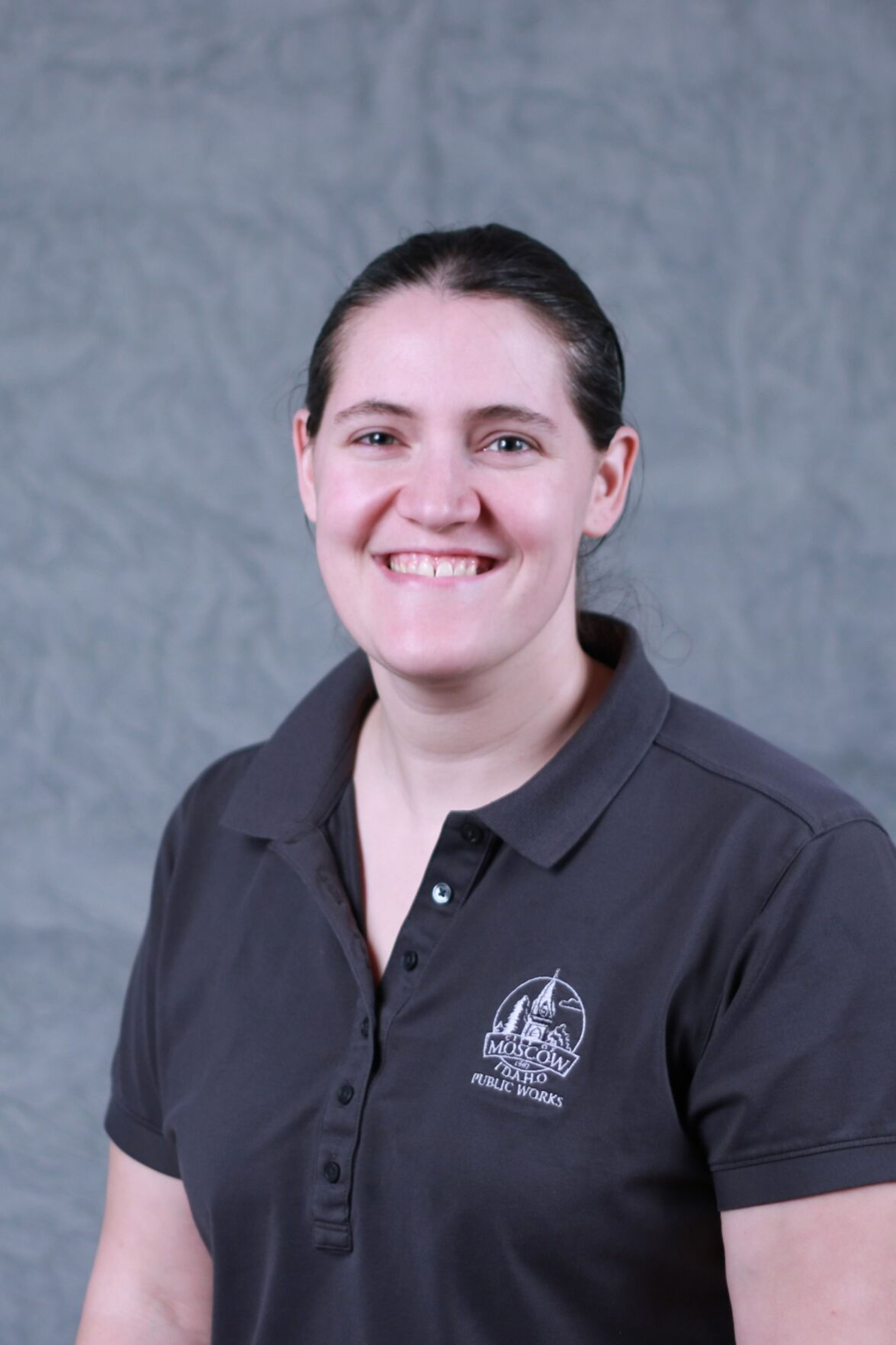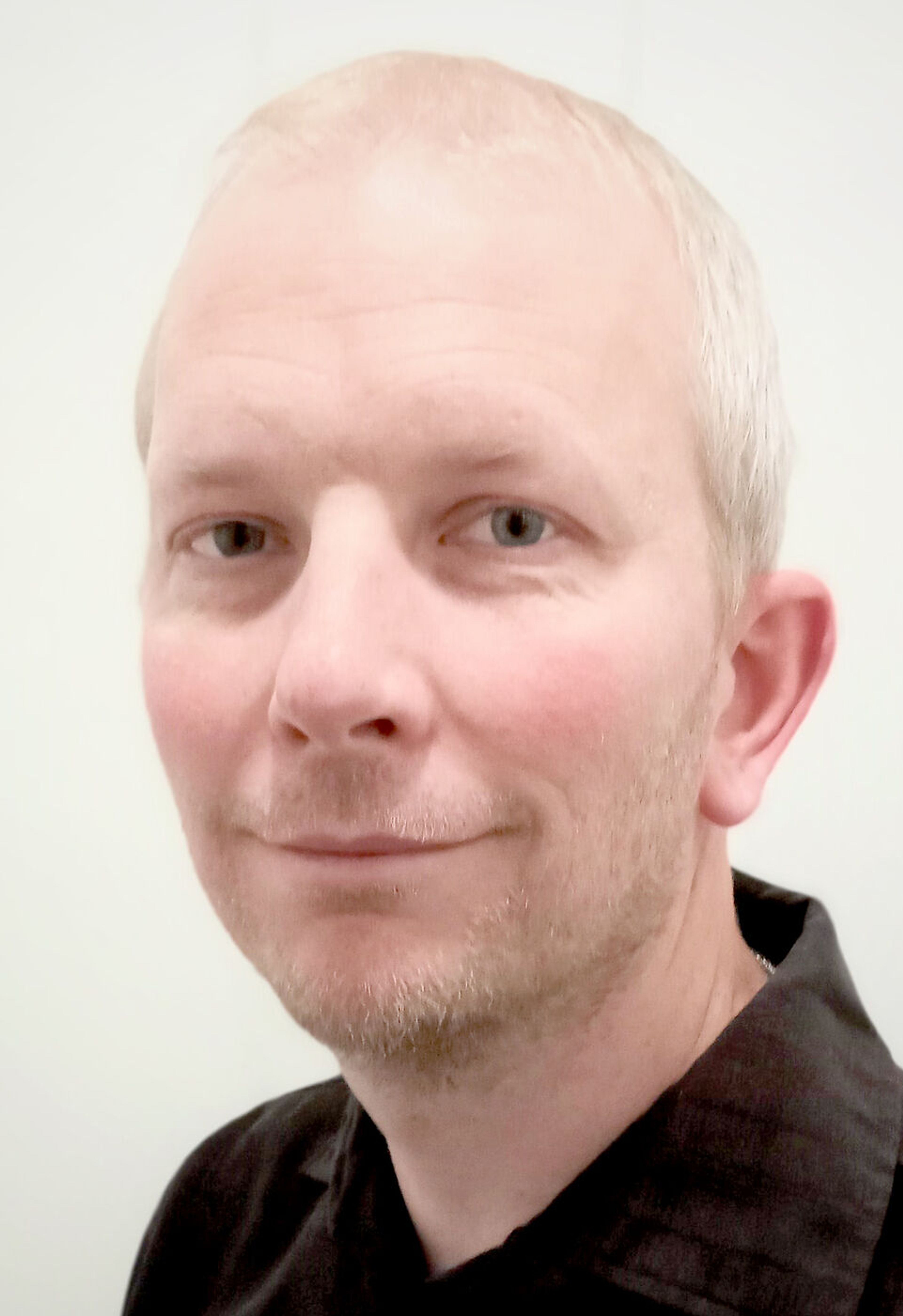Largest remaining piece of Palouse Prairie slated for conservation
Washington DNR to purchase 437 acres of grassland in the shadow of ‘iconic’ Steptoe Butte
Perhaps the most substantial remaining tract of Palouse Prairie in the world is on track to be preserved and managed by the Washington Department of Natural Resources.
Earlier this month, the state’s Recreation and Conservation Office announced it had awarded $126 million in conservation grants statewide, including a little more than $1.2 million to the DNR to purchase 437 acres near Steptoe Butte. Combined with the adjacent 168-acre Steptoe Butte State Park, the purchase would more than triple the amount of state-protected land in the area.
DNR Assistant Division Manager for Conservation John Gamon said it remains to be seen how access to the site will be managed. He said the DNR likely will settle on one of two designations for the site — a “natural resource conservation area,” which provides more opportunity for recreation, or a “natural area preserve,” which would have more restrictive access policies.
Gamon said the DNR will consult local interests, including potential users and conservationists, before settling on how access to the land will be managed, but the space could assume one of the two designations or a combination of both. It’s all about striking an appropriate balance, Gamon said, between allowing for local access to wild spaces and preserving those spaces to ensure they thrive in perpetuity.
While the initial amount provides some funds for “stewardship,” Gamon said most of it will be used to assess and purchase the site. If the DNR would like to fund future improvements to the area, he said they will have to either ask the state for money or compete for grant funds.
“I think part of the excitement that we have for Steptoe Butte is the local community, there seems to be a lot of support and excitement for it — it’s iconic for that landscape.” Gamon said. “Everybody out there in that area knows Steptoe Butte and I think because of that, we have a lot of potential partners, and having partners helps with getting grant funding. It probably also helps in getting capital project dollars.”
As far as anyone knows, the land near Steptoe Butte is the largest portion of pristine Palouse Prairie left in Washington.
Virtually all of what was previously wild grassland has been converted for agricultural purposes. Today, a little more than 1 percent of the once-vast native prairie remains, making it one of the most endangered ecosystems in the world. That remaining 1 percent is home to a handful of federally threatened and endangered species.
While Washington conservationists have been aware of this fragile landscape for decades, Gamon said the effort to save this particular swath of land first started in 2016.
He said a small coalition of Pullman residents — Kent Bassett, his late wife Elaine, as well as Joan and Ray Folwell — pooled their resources and bought the land for the purposes of conservation to the tune of $638,000. This was not the first time the Folwells had invested in conservation.
“We’ve been involved in our own restoration project here outside of Pullman for over 10 years — it’s a 20-acre piece of what used to be a wheat farm that we purchased back in 2003,” Joan said.
Since purchasing those 20 acres, Joan said the pair have worked with various programs through the U.S. Department of Agriculture to restore that property. She said initially, they had thought to do something similar with the land near Steptoe however, when it became clear how much effort and time restoration and management of the property would require, the little coalition decided it would be better to sell the land to a state agency. She said it is their hope that the sale will ensure Steptoe Butte and the native prairie land in its shadow remains a landmark to be enjoyed for generations to come.
“A lot of people have come up to us and thanked us for doing that and, it may sound sanctimonious, but it was a privilege for us to be able to help in that respect,” Joan said. “Everybody can help in some way.”
Scott Jackson can be reached at (208) 883-4636, or by email to sjackson@dnews.com.







